
If you’ve held out on integrating video into your marketing strategy—or you just know that your efforts need a boost—now is the time to reevaluate your strategy.
In the last few years, social media platforms have increasingly favored video content in their algorithms. Even YouTube, which has always been a video platform, has shown a drive to innovate with YouTube Shorts. With these changes comes an exciting new opportunity for businesses to shine on a unique landscape with video content for social media. Establishing your presence with video content marketing is a sure-shot way to continue scaling as consumer tastes evolve.
Table of Contents
Why You Need Video Content
It’s not just because of TikTok, but that’s certainly a factor. TikTok exploded in popularity in the US in 2018, and since then other social media sites have launched direct competitors such as Instagram Reels and YouTube Shorts. But social media video trends go back as far as Vine in 2013, not to mention the enduring popularity of YouTube among all age demographics. Video is not a shiny new trend or something just for teens.
The past decade has proven that marketers simply can’t afford to ignore video. Here’s why.
Increased Viewership
The seemingly insatiable appetite of viewers may be the biggest appeal of video content marketing. An overwhelming 88% of viewers would like to see more video content from their favorite brands. Video outpaces blogs and infographics as the primary media form appearing in content strategies, and 80% of marketers say video has directly boosted their sales.
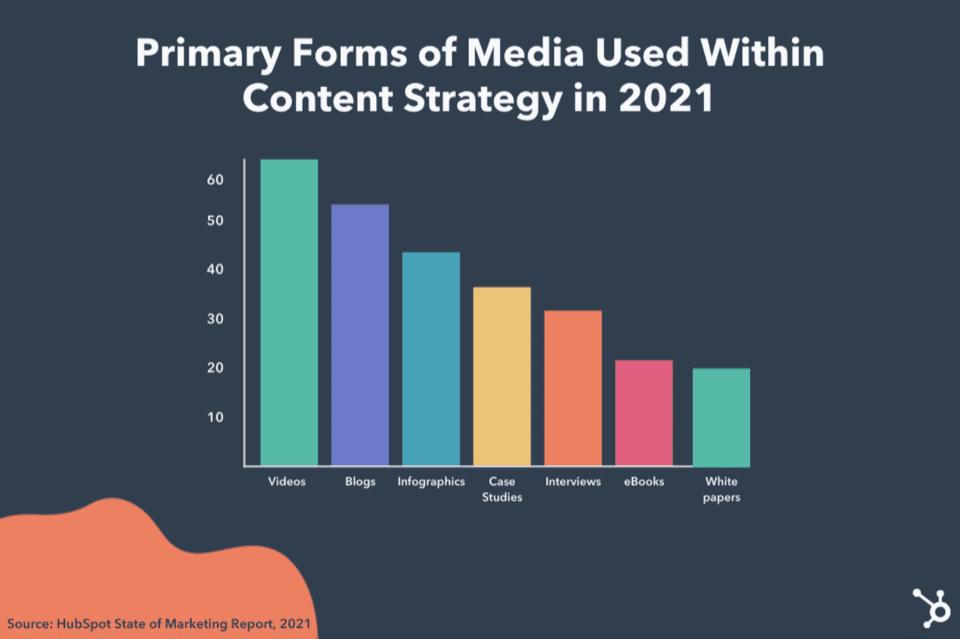
Video content for social media takes advantage of the fact that many existing platforms already have loyal user bases. Instead of driving audiences to a new website, brands can instead focus on video content marketing to users already consuming it. 90% of TikTok users access the platform every day, often spending more than an hour in the app. If your business can make engaging videos, people will see them.
Boosted Exposure
Video content has become the gold standard for communication, whether for commercial or entertainment purposes. In effect, you automatically have a higher chance of reaching more people by investing in videos.
Instagram’s shift to a video-focused layout is a great example of this paradigm shift. A top Instagram exec recently confirmed that the app was undergoing a major transformation, indicating that the team will continue to push both short and long-form videos to users. Video content marketers can take this as a sign of things to come–if you’re looking to stand out on a crowded app, video’s your best bet.
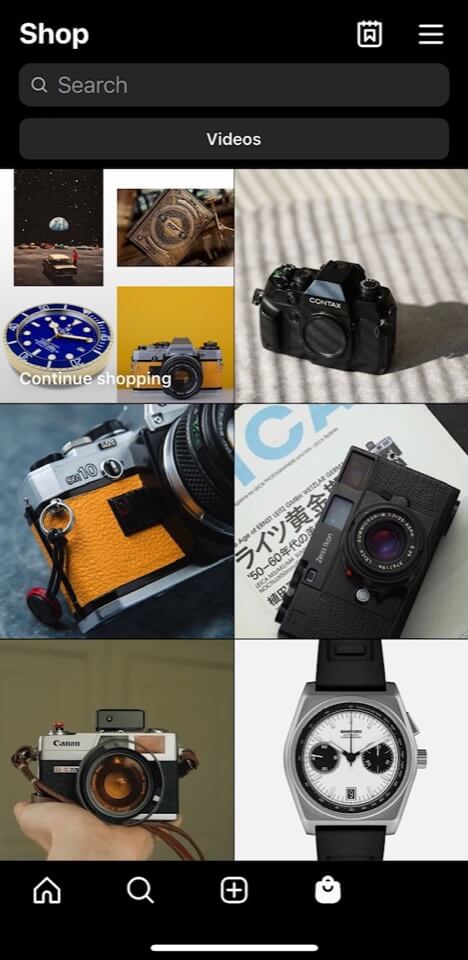
Instagram’s latest update places Reels and the Marketplace, front-and-center
Experts believe that the push for video content on social media is mostly due to the higher engagement that videos bring to the table. Users are more likely to spend a longer period on the app if they interact with more videos than static image posts. While that may be true, the algorithm isn’t the only reason for this increased exposure. Data indicates that videos get shared up to 1200% more than text-only posts and images combined.
Content Longevity
Quality still matters. Poorly produced videos look old fast, but well-planned video content has the potential to stay around a lot longer. Depending on the topic, video content can be evergreen. Educational or “how-to” videos in particular can have a long shelf life if they are produced well. Some platforms like Instagram don’t display the date alongside reels, keeping well-made older video content fresh for social media.
The real evidence of longevity often comes in search engine results pages (SERPs) with YouTube videos in particular displaying natively in Google results. For queries that return video results, older content can still achieve a high ranking. Also keep in mind that video content marketing should be seen as a complement to text instead of a substitute. Creating a long-form blog post that also embeds your video is a great way to combine the strengths of both mediums to boost your traffic and conversions.
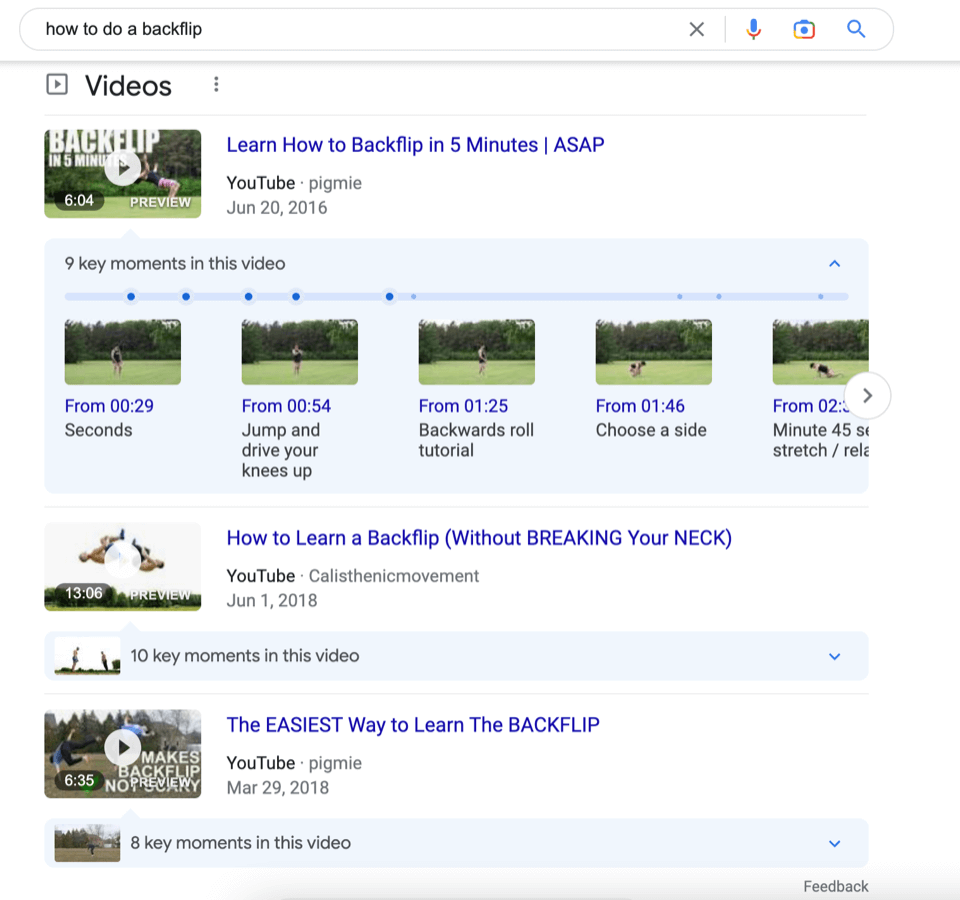
A SERP demonstrating video content longevity
A Better Sales Tool
A static image circulating through social media or on a webpage can only say so much about your product, restricting your ability to tell a story and make a real connection. Video content changes all that for social media and more. New angles, editing tools, and trending audios make for a sales tool that sticks with your viewers long after the video’s over.
Video content marketers have already demonstrated this medium’s impressive range when it comes to sales. Brands will often collaborate with popular influencers for short testimonials and even longer review videos, using a fixed camera angle that conveys authenticity and draws viewers in. Alternatively, you can always go all-out with multiple cameras, dolly shots, and other tricks that give your product a dynamic edge.
Social media platforms are also aware of video’s fast commercialization, and most of them are working to give video content marketers the tools they need to drive sales.
- TikTok: Spark Ads are one of the earliest examples of this. Spark Ads are a form of native advertising, integrating sponsored content into the regular user experience with a simple CTA button. Brands can use this feature to appeal to a wider user base without appearing intrusive and running the risk of upsetting users. If you’re not using this wildly successful feature in your TikTok marketing strategy you may be missing out.
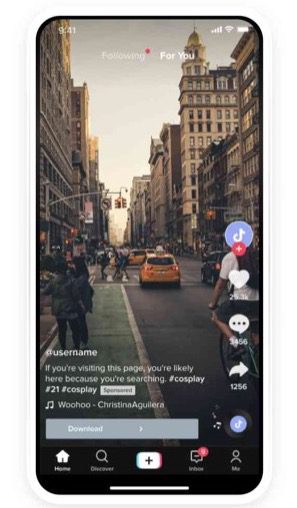
- Instagram: Meta apps, and Instagram in particular, have taken TikTok’s approach and built on it with ecommerce integration. Businesses can now use video content for social media as a bridge between their products and their target audience. If your page has been linked to your Shopify account, users don’t have to leave the app to make a purchase. This doesn’t just make for an easier shopping experience, it also reduces the chances of shoppers clicking off your store if they lose interest.
- YouTube: As one of the oldest players in the game, YouTube’s potential for video content marketing is one of a kind. The platform’s recent integration with Shopify stores offers a promising glimpse at the kind of unified shopping experience users can look forward to. Directly embed your products into your YouTube videos, and let Shopify’s backend take care of the rest.
According to TikTok, 84% of people have been convinced to buy a product after watching branded content on the app. It’s clear that the push for sales-oriented video content for social media is paying dividends already–does your brand have the right strategy to make the most of it?
Reach Gen Z Audiences
It’s no surprise that platforms like Instagram and TikTok boast a large percentage of younger users. What is interesting, however, is the fact that these platforms are now beginning to eat into search engine revenues. According to a Google executive, approximately 40% of Gen Z users will now open Instagram or TikTok for a query—instead of Google Search.
Video content marketing can help you harness demographic changes like these by giving you a way to target Gen Z audiences. Aiming for a younger audience by paying for ads they won’t even see is inefficient, and the results are unpredictable.
Reporting
Built-in and dedicated analytics platforms are making it easy for marketers to fine-tune their video content strategy for social media. These tools are constantly receiving updates too–planning new content and analyzing the old has never been more convenient. Here are a few examples of key stats that can shape your strategy.
- Demographic Data: Who’s watching your videos, and from where? Businesses that only serve a limited area need to know who’s actually watching their content. Platforms like YouTube offer granular demographic data for video content marketers, providing information on viewer location, gender, age, and even device types. Even knowing about the type of devices your viewers are using can help you be more specific and create effective CTAs. Out with the ‘Click Now!’ and in with the ‘Tap here!’
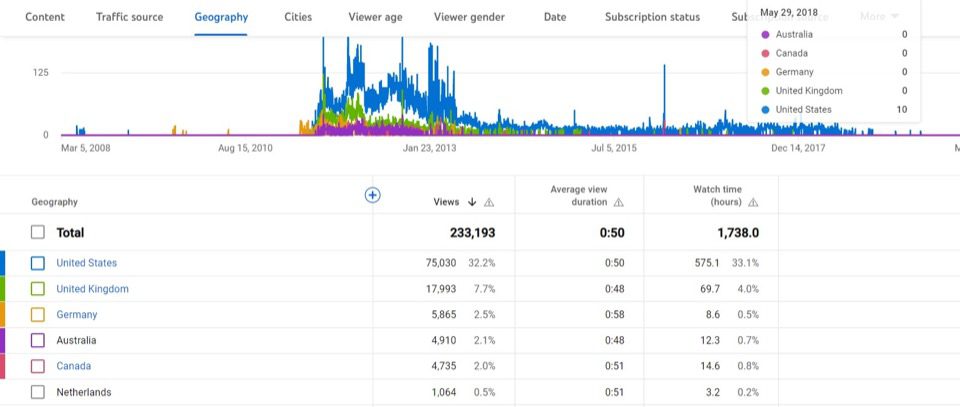
- Watch Statistics: Just knowing how many people have seen your content isn’t enough. Micro-level statistics like play length are readily available on the YouTube dashboard, and they can tell you a lot more about how effective your videos really are at engaging viewers. Investing tons of money into well-produced content isn’t going to be worth it if most viewers are just clicking off in the first 5 seconds.
One of the most effective ways to reach a new audience on YouTube is actually not through search results—it’s by being the next “suggested video” on someone else’s popular video. YouTube tends to suggest videos that have high watch time and click through rates, so targeting those metrics increases your videos’ discoverability.
If you’re looking to optimize your video content for social media, you won’t have to do a lot of searching. Having access to these built-in statistics, among others, saves you the hassle of looking for a third-party analytics platform for video content marketing. From figuring out the best time to post to the most effective CTAs, everything you need is right here.
Build a Lasting Connection
Some of the most effective marketing strategies seek to build an enduring connection with audiences. Videos give a face to otherwise abstract brands, humanizing your content and helping potential customers relate to your messaging.
Repetition and routine play a big role here since followers tend to get accustomed to a certain schedule. If you’re regular with high-quality posts, your followers will look forward to seeing your content at specific times. Build trust with your audience through a consistent video content marketing strategy, and you’ll find that it makes for a much more effective sales funnel.
Best Practices for Video Content
It’s evident that video content, for social media or otherwise, is the medium to target right now. You’ve got the tools to succeed; here’s how you can use them.
- Keep It Simple: Less is generally more when it comes to marketing, and that much definitely remains true for video content marketing. Unless you’re working on a deep dive into a product, you’ll benefit from following a minimal approach to your content.
This applies to everything from effects to text in short-form content. Subtitles are great (and even encouraged), but try to keep all other effects to a minimum when producing content for Reels or TikTok. It’s a best practice to get the point in less than five seconds. Overwhelming your viewers with filters, intros, and other unnecessary visual elements will only harm your content’s replayability and viewer engagement. - Watch Out For Trends: Most brands don’t know that live videos can earn up to 6 times more engagement than pre-recorded content. Keeping an eye out for what’s trending can clue you in on what kind of video content you should be making for social media platforms.
For the best results, we recommend creating a fresh account for your video content marketing research. Your personal account will naturally be tailored to your own viewing habits, and you might miss out on what’s trending in other consumer circles. Above all else, you’ll always want to make sure you’ve spent a fair bit of time on the app before making any posts. Simply scrolling around can tell you a lot about the kind of tone and style that your viewers are looking for at any given moment.
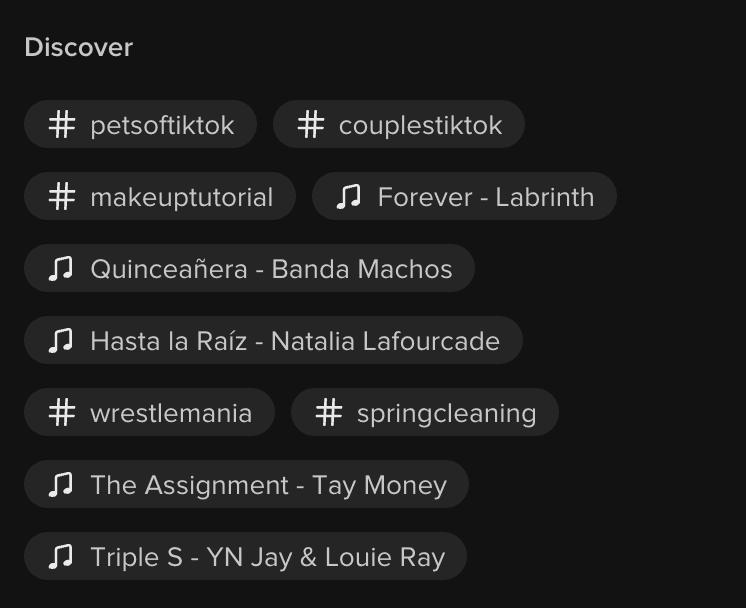
- Use Analytics: Everyone has access to the same powerful analytics tools on their dashboard, but not every business knows what to look for. Analytics can be an easy way to pinpoint details that you may have otherwise missed in your video content marketing strategy.
For example, if your video content for social media is suffering from short watch lengths, it could be a sign that you need to rethink your format. Tons of businesses have heeded the call already, cutting out key snippets from long-form videos and repurposing them as YouTube Shorts and Reels instead.
If necessary, you can also use a dedicated platform like Google Analytics to track other metrics like conversions.
Fast Forward to Success
Video content marketing is the perfect complement to written content, and missing out on it means that you might not be maximizing your SEO potential. Switching to a dynamic video strategy might seem daunting at first, but the benefits more than make up for it. If you need help coming up with a video content plan for social media, reach out to Coalition Technologies for a free strategy review today.


